
Boxing is a combat sport and martial art. Taking place in a boxing ring, it involves two people – usually wearing protective equipment, such as protective gloves, hand wraps, and mouthguards – throwing punches at each other for a predetermined amount of time.
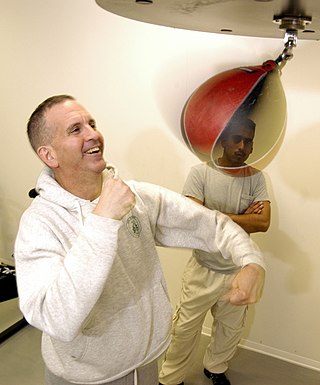
Boxing training is the training method that boxers use in order to get more fit for their sport.
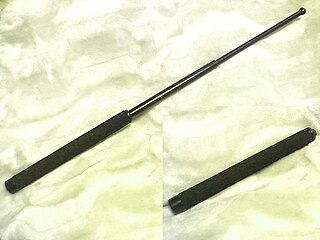
Self-defense is a countermeasure that involves defending the health and well-being of oneself from harm. The use of the right of self-defense as a legal justification for the use of force in times of danger is available in many jurisdictions.
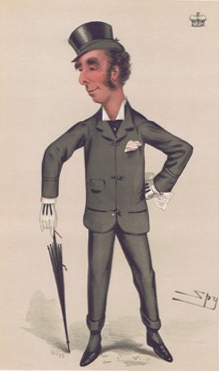
The Marquess of Queensberry Rules, also known as Queensbury Rules, are a set of generally accepted rules governing the sport of boxing. Drafted in London in 1865 and published in 1867, they were so named because the 9th Marquess of Queensberry publicly endorsed the code, although they were actually written by a Welsh sportsman, John Graham Chambers, from Llanelli, Carmarthenshire. They were the first to mandate the use of gloves in boxing.
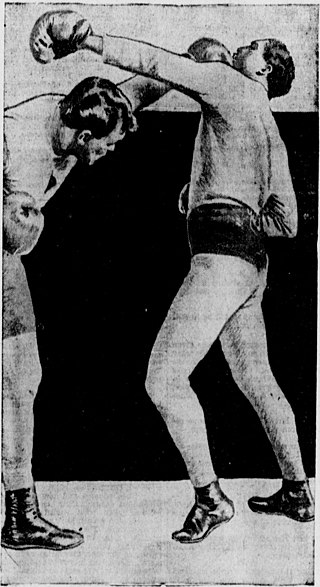
A punch is a striking blow with the fist. It is used in most martial arts and combat sports, most notably western boxing, where it is the only type of offensive technique allowed. In sports, hand wraps or other padding such as gloves may be used to protect athletes and practitioners from injuring themselves.

A strike is a directed, forceful physical attack with either a part of the human body or with a handheld object, intended to cause blunt or penetrating trauma upon an opponent.
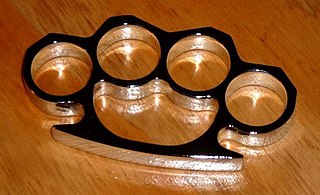
Brass knuckles are a melee weapon used primarily in hand-to-hand combat. They are fitted and designed to be worn around the knuckles of the human hand. Despite their name, they are often made from other metals, plastics or carbon fibers and not necessarily brass.

A balisong, also known as a butterfly knife, fan knife or Batangas knife, is a type of folding pocketknife that originated in the Philippines. Its distinct features are two handles counter-rotating around the tang such that, when closed, the blade is concealed within grooves in the handles. A latch sometimes holds the handles together; typically mounted on the one facing the cutting edge. An exceptionally large balisong is called a balisword.

Tsuki (突き) derives from the verb tsuku (突く), meaning "to thrust". The second syllable is accented, with Japanese's unvoiced vowels making it pronounced almost like "ski". In Japanese martial arts and Okinawan martial arts, tsuki is used to refer to various thrusting techniques.

A cestus or caestus is a battle glove that was sometimes used in Roman gladiatorial events. It was based on a Greek original, which employed straps called himantes and sphirae, hard leather strips that enclosed and protected the fist and lower arm. Some cesti were fitted with studs or spikes to inflict potentially lethal injuries. Cestus fighters seem to have had no form of body armour, apart from the cestus itself. Contemporary depictions show the cestus worn in pairs.

Boxing gloves are cushioned gloves that fighters wear on their hands during boxing matches and practices. Unlike "fist-load weapons" which were designed as a lethal weapon, modern boxing gloves are non-lethal, designed to protect both the opponent's head and the fighter's hand during a bout. Sparring and other forms of boxing training have their own specialized gloves.

The tekkō, are weaponized stirrups and horseshoes which originated in Okinawa, Japan, and they fall into the category of "fist-load weapons". By definition, a fist-load weapon increases the mass of the hand so that, given the physical proportionality between the fist's momentum and its mass, it increases the force the bearer can deliver. Some fist-load weapons may also serve, in the same manner, as the guard on a sword, to protect the structure of the bearer's hand.

A hand wrap or wrist wrap is a strip of cloth used by boxers to protect the hand and wrist against injuries induced by punching. It is wrapped securely around the wrist, the palm, and the base of the thumb, where it serves to both maintain the alignment of the joints, and to compress and lend strength to the soft tissues of the hand during the impact of a punch.

Ancient Greek boxing dates back to at least the 8th century BC, and was practiced in a variety of social contexts in different Greek city-states. Most extant sources about ancient Greek boxing are fragmentary or legendary, making it difficult to reconstruct the rules, customs and history surrounding this activity in great detail. Still, it is clear that gloved boxing bouts were a significant part of ancient Greek athletic culture throughout the early classical period.
Knife legislation is defined as the body of statutory law or case law promulgated or enacted by a government or other governing jurisdiction that prohibits, criminalizes, or restricts the otherwise legal manufacture, importation, sale, transfer, possession, transport, or use of knives.
An offensive weapon is a tool made, adapted or intended for the purpose of inflicting physical injury upon another person.

A baton is a roughly cylindrical club made of wood, rubber, plastic, or metal. It is carried as a compliance tool and defensive weapon by law-enforcement officers, correctional staff, security guards and military personnel. The name baton comes from the French bâton (stick), derived from Old French Baston, from Latin bastum.
The Penal Law of the State of New York combines justification and necessity into a single article, Article 35. "Defense of Justification" comprises sections 35.05 through 35.30 of the Penal Law. The general provision relating to necessity, section 35.05, provides:
§ 35.05 Justification; generally.
Unless otherwise limited by the ensuing provisions of this article defining justifiable use of physical force, conduct which would otherwise constitute an offense is justifiable and not criminal when:
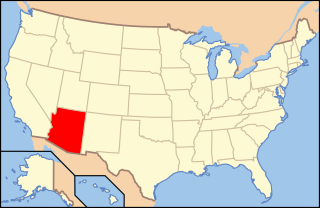
Firearm laws in Arizona regulate the sale, possession, and use of firearms and ammunition in the state of Arizona in the United States.
Covering in martial arts is the act of protecting against an opponent's strikes by using the arms and shoulders to block and absorb the impact of strikes on the head and torso and prevent injury. Covering is the last line of defense to avoid an incoming strike and consists of putting arms and forearms up and in front of the area on the body that is being blocked. The technique of covering is widely used among martial arts and has a multitude of variations.
















